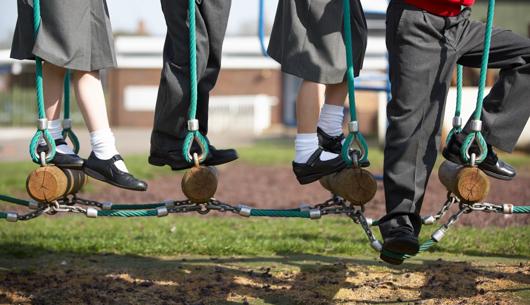Use of restraints in school: EHRC inquiry
On 11 February 2020, the Equality and Human Rights Commission (EHRC) launched an inquiry into the monitoring and recording of the use of restraints and restrictive interventions within schools in England and Wales, following concerns about the use of these methods and the lack of information available in relation to them.
On 11 February 2020, the Equality and Human Rights Commission (EHRC) launched an inquiry into the monitoring and recording of the use of restraints and restrictive interventions within schools in England and Wales, following concerns about the use of these methods and the lack of information available in relation to them. The inquiry will consider how schools are monitoring and recording the use of restraints on their pupils, with the potential to assist schools in improving their restraint practices where necessary.
EHRC provides guidance on the lawful use of restraints within their Human Rights Framework for Restraint. This acts to govern the use of restraints across all settings, protecting an individual’s rights under both the European Convention on Human Rights and the Human Rights Act 1998.
A restraint is considered to be an action which limits a person’s movement, liberty or freedom to act independently. The use of restraints can be traumatic, particularly to children, and they are therefore regulated in settings such as the justice system, hospitals and mental health units.
Schools in the UK are not currently legally required to record their use of restraints, resulting in a lack of transparency on the type of restraints being used, how often they are used and what measures are taken to protect the rights of all parties involved.
The aims of the inquiry are therefore to understand the following:
- Whether schools are collecting and using data on their use of restraints and if so, how; and
- What schools can learn from monitoring and reviewing their restraint data and whether this will assist them in improving their practices.
By obtaining this information, EHRC may help schools in improving their practices and therefore ensure that the rights of children and young people in their care, along with their staff and third parties, are protected. It should also ensure that consistent safe practices are in place, protecting the physical and emotional welfare as well as the dignity of the individual being restrained.
EHRC hope to conclude the inquiry within 6 months, following which it will provide a series of recommendations.
What does this mean for you?
Whilst the focus of the inquiry is on how the use of restraint is monitored and recorded, its recommendations could well raise the profile on this issue, and lead to the use of restraint in schools becoming a hot topic in the coming months. Depending on the conclusions drawn, we could see a rise in the number of claims against local authorities, brought under the Human Rights Act 1998 or in negligence, relating to the inappropriate use of restraints in school. In the meantime, this may be a timely reminder for schools, particularly in specialist settings, to consider and review any guidance and processes already in place relating to their use of restraint and their monitoring of this.








































